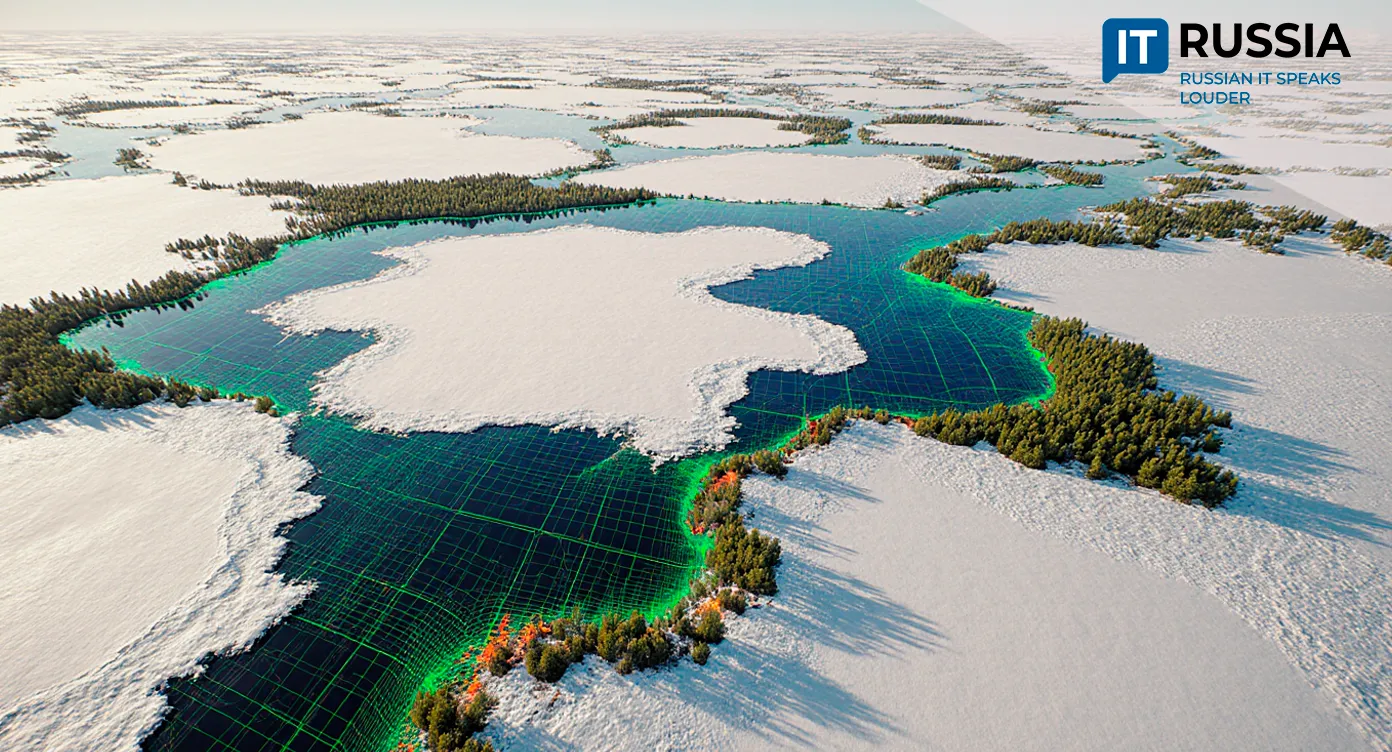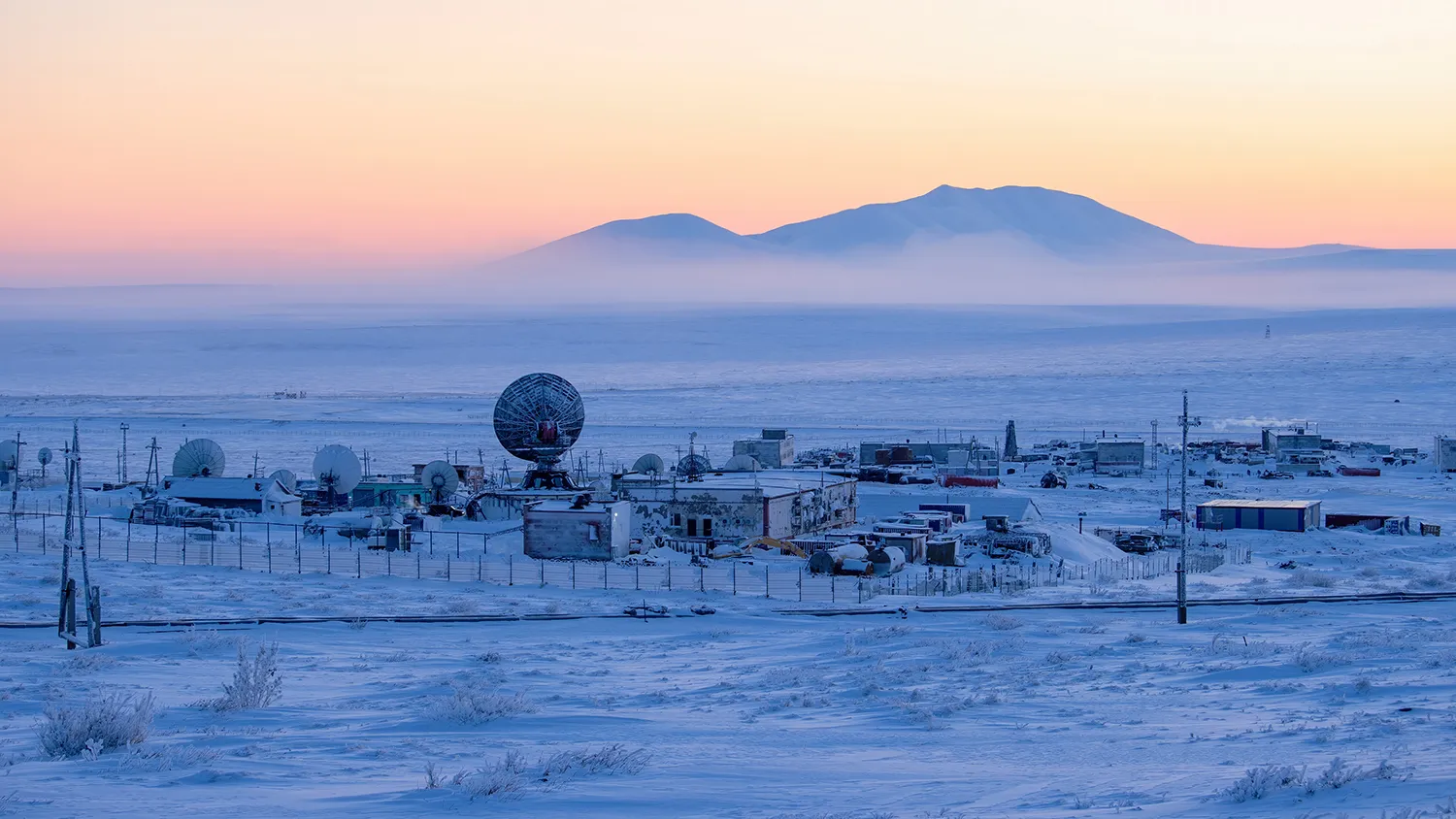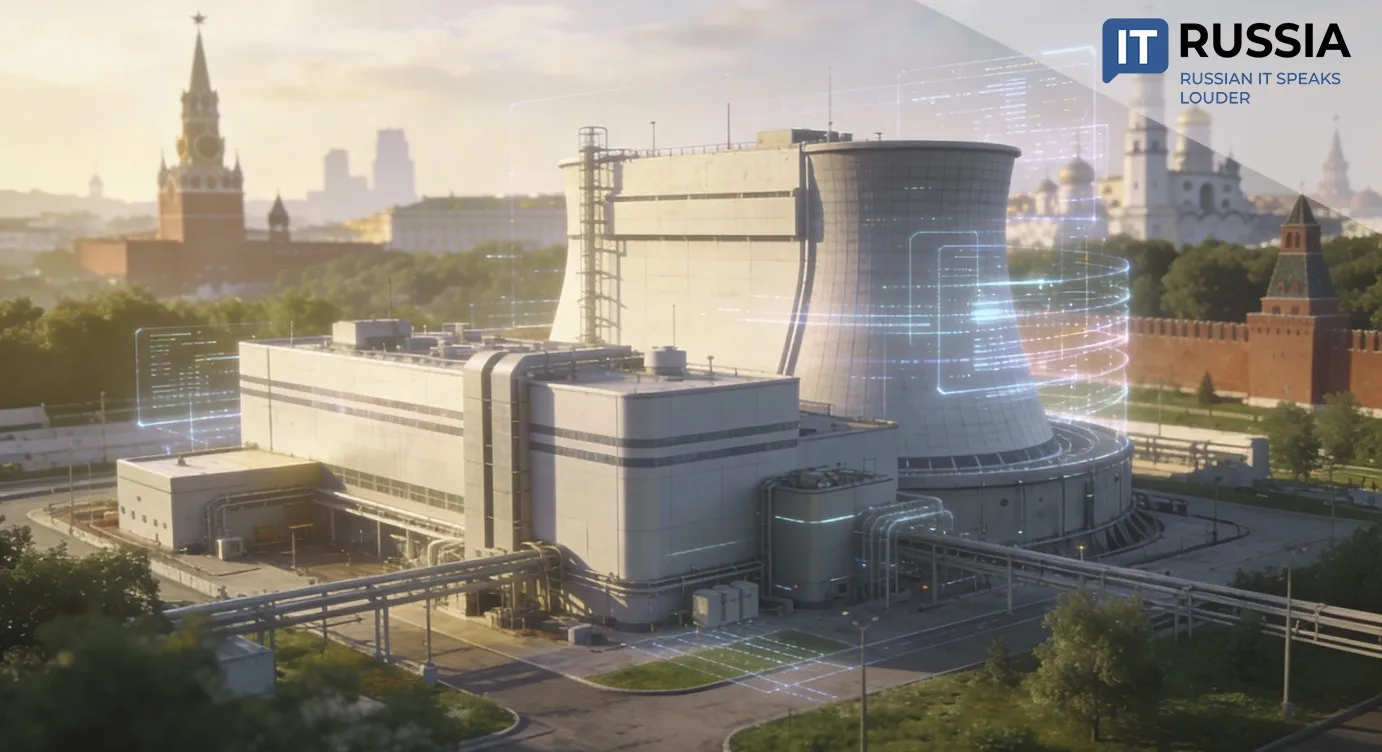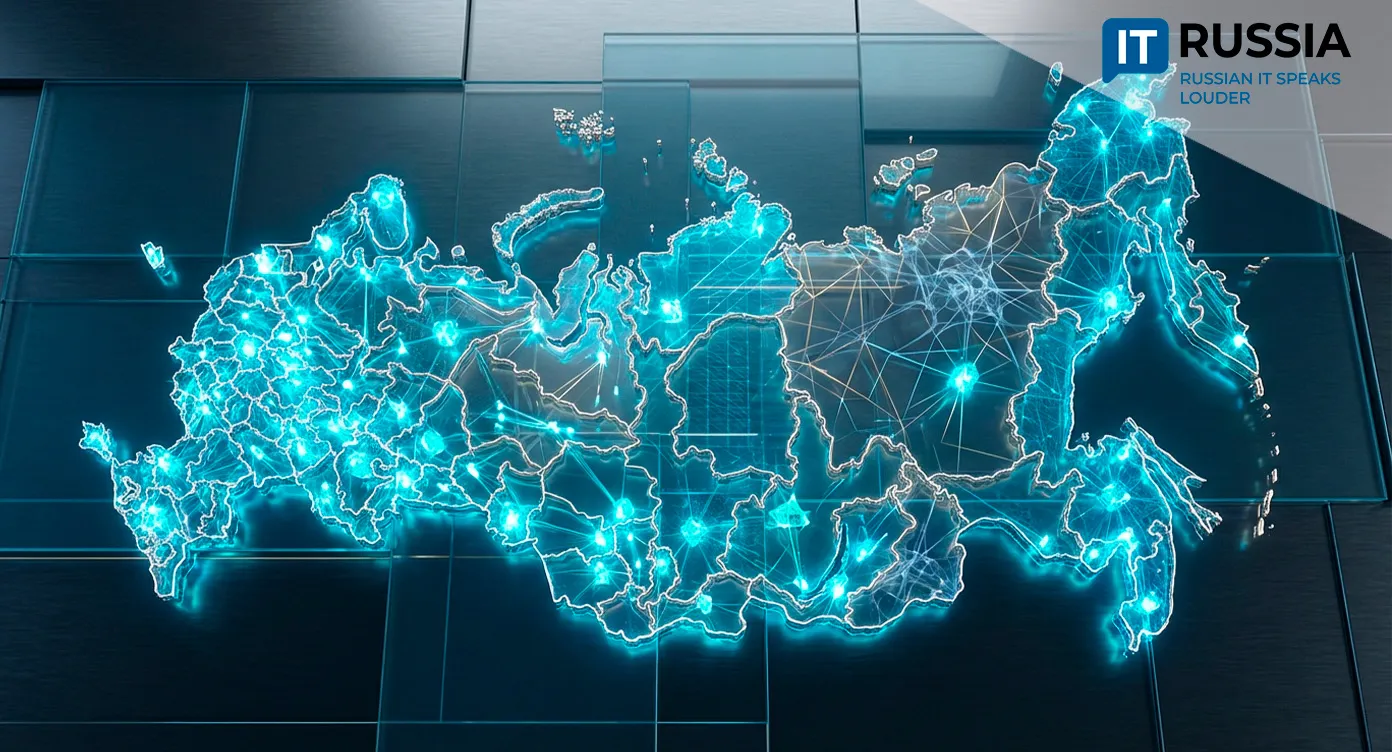How a Neural Network Helps Track Climate Change in the Arctic

Russian and international scientists have developed a breakthrough AI-based method to monitor Arctic ecosystems, offering faster insights into how climate change reshapes fragile landscapes.
A large-scale view of change
Using a neural network, researchers analyzed about one million satellite images of tundra plots measuring 12×12 meters, comparing them across 10–15-year intervals. The result is a large-scale picture of how and where shrub encroachment is accelerating. They found that shrub growth rates vary from 2.4% to 26.1% per decade depending on terrain, moisture, temperatures, and human impact.
The main focus is the alder shrub (Alnus alnobetula fruticosa), which is rapidly spreading across northern territories. The neural network classifies land into four categories with high precision: from no shrubs at all to dense thickets. This method processes data hundreds of times faster than traditional manual or algorithmic approaches, enabling scientists to cover vast and remote regions of Siberia and the Russian Far East where expeditions are difficult.

Why it matters: climate, infrastructure, and the future of the North
Shrub expansion in the tundra is more than a botanical curiosity—it is a key indicator of global warming. Shrubs absorb more sunlight than snowy surfaces, warming the soil, accelerating permafrost thaw, and altering hydrological cycles. This directly impacts the stability of infrastructure such as roads, pipelines, and settlements across the Arctic.
For Indigenous peoples who rely on reindeer herding and traditional land use, the spread of shrubs threatens pastures and disrupts migration routes. For Russia as a whole, the findings highlight the urgent need to adapt to shifting climate realities. The method becomes a valuable tool for environmental monitoring, scientific research, and state policy in Arctic sustainability.

Globally, the approach is relevant to subarctic zones in Canada, Scandinavia, and Alaska, opening the door for international collaboration on climate resilience.
From Siberia to the world
Within Russia, the method can be integrated into large-scale ecological projects, from monitoring permafrost degradation to assessing infrastructure risks and forecasting ecosystem change. Researchers recommend developing higher-resolution models and adapting the neural network for other plant species such as willow, birch, and polar shrubs. On the export side, the technology functions as a ready-made IT solution for environmental monitoring. It could be integrated into the systems of national weather services, conservation agencies, and global climate programs like the IPCC or the Arctic Council.
How AI reached the tundra
Previously, shrub expansion was studied only through small-scale research projects without automated systems. Satellite data was used both in Russia and abroad, but analysis was limited in scope and accuracy.

Pilot projects applying AI to ecology have appeared only in the past five years, mostly focused on forests. In Scandinavia, similar studies were conducted but without deep learning techniques.
A light in the tundra’s future
This method is more than a scientific achievement—it is a breakthrough in humanity’s ability to observe the planet. Neural networks reveal changes that were previously invisible, offering better forecasts, strategies for adaptation, and tools to protect fragile Arctic ecosystems. The next steps include integration with climate models, building intelligent early-warning systems, and forming robust policies for sustainable Arctic development. The Arctic is changing. Thanks to AI, we can now not only see these changes but also understand them.










































